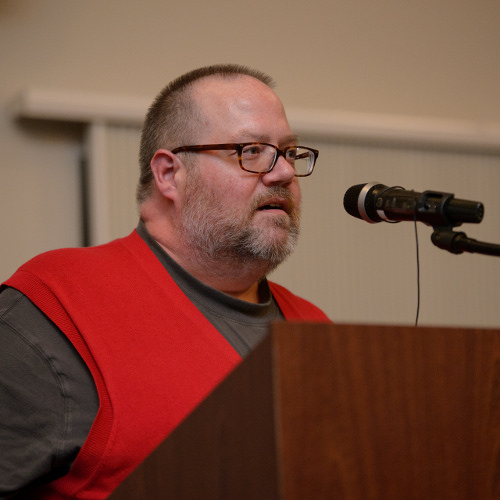Board Retreat
Last year, as a new board member at Amherst Media, I found it very useful to have a retreat. At board meetings, we're generally focused on the business of the organization. It was really valuable to spend a few hours reflecting on the role of the board and the strategic needs of the organization. As the new president, I thought it was worth organizing a retreat this year as well.
We met at Willits-Hallowell in South Hadley. It was a lovely drive over the Notch, in spite of the frigid temperatures. I was pleased that we had nearly full attendance. We had a full agenda and we mostly kept to our times.
I began the meeting by welcoming everyone, thanking them for their attendance, and inviting everyone to introduce themselves. We have a wonderfully diverse and talented board.
In thinking about the retreat, I found a checklist that I thought might be useful to structure our thinking as we move forward. We went through the items and had some good, focusing discussion about some strengths of our board and other places that could use some attention. I was pleased that most of the items identified aligned extremely well with the agenda that we'd set for the day.
We spent some time reflecting on our mission and the current activity of the organization. We discussed the challenges of our building plans; we reviewed our strategic shift from trying to launch a capital campaign to annual fundraising; and we assessed the results of our first direct-mail solicitation. It was an extremely informative overview of where the organization is and where it's going.
In the afternoon, we heard from Martin Miller the CEO of WFCR (or New England Public Radio, as they're re-branding themselves). He spoke to us primarily about their successful 50th anniversary capital campaign which has enabled them to move into newly renovated space in Springfield. Although many people think public radio and television are supported by the government, in fact less than 10% of their funding comes that way. The largest amount (around 40%) comes from the on-air fundraising and is mostly small monthly donations. For their capital campaign, they had many years of fundraising data and their connections with NPR provided opportunities to reach well-known people to lead efforts or offer benefits. One of their biggest challenges was due to their uncertain early efforts to get a new building, which resulted in confusing messaging and some "donor fatigue" as their first efforts to secure a new building hadn't succeeded. It was a frank and very insightful look at a successful non-profit which was both encouraging but also somewhat sobering in terms of how far we have to go.
We wrapped up by collecting some "action steps" for things we want to do. There were several simple suggestions for things to do to improve our communication and organization: creating a calendar for committee and subcommittee meetings, having a bit of unstructured time for socialization before meetings, and having scheduled meetings for the executive committee to set the agenda before board meetings. We are already the process of reviewing and amending the bylaws. I'm hoping we can restructure the board subcommittees to align better with a road map for future activity, build better publicity, and help us grow our engaged membership.
I left the meeting feeling that we'd learned a lot and rededicated ourselves to the tasks at hand. It was time well spent.
- Read more about Board Retreat
- Log in to post comments

